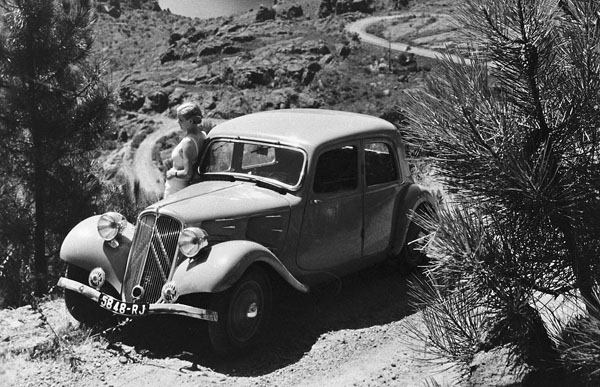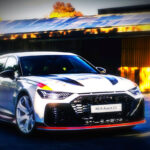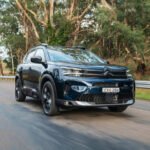Andre Citroen was born in 1878 and studied engineering at technical school. His first job was with the Mors company, a car manufacturer, where he used his engineering skills to increase the company’s annual car production rate tenfold.
While holidaying in Poland Citroen noticed a type of wooden gear in use in a blacksmith’s shop. Having also an entrepreneurial attitude he recognised the potential of this gear design and arranged to buy the rights to manufacture them for sale. The chevron emblem of the Citroen badge is derived from these double helical gears.
After establishing his own company, he produced his first car – the Type A – a 1.3-litre four in 1919 and using similar techniques to those he employed at Mors Citroen was able to constantly expand his efficient operations to reach an output of 100,000 cars ten years later. People frequently referred to Citroen as the Henry Ford of France. Unlike the American, he offered a comprehensive range during the 1920s, incorporating many innovations, such as all-steel bodies and power brakes. The little two-seater, the 856cc 5 CV of 1922, was extremely popular.
A fleet of Citroens equipped with Kegresse half-tracks at the rear made the first motorised crossing of the Sahara in 1922-23. Equally impressive were later expeditions from Algeria to Madagascar and from Beirut to Peking.
In 1932, Citroen launched a new range of cars equipped with what was described as `Floating Power’ engines. To ensure the future of his company, by now one of France’s Big Three, Andre Citroen not only demolished and rebuilt his Quai de Javel factory over a three month period in 1933, but also brought out the following year the revolutionary 7C Traction Avant.
Features of this car included a low-slung monocoque body, all round torsion-bar independent suspension and a wet-liner OHV power unit driving the front wheels from which its name was derived. This car was many years ahead of its European competitors, who were still building cars with leaf-spring suspensions, separate bodies and chassis, rear wheel drive and outdated engine designs. Even the Citroen styling was refreshingly different and set it apart from the competition, a concept Citroen has followed to this time.
Whilst the car was an instant success, unfortunately the design and development costs caused the company to have financial problems and when one of the parts suppliers demanded payment with delivery of goods, the company went into bankruptcy. What started out as a year of technical triumph ended in financial failure; the company was acquired by the Michelin tyre company and Andre Citroen died in 1935.
Under the new management more than 700,000 of the 7CV and more powerful variants, including the 15CV, were sold before the type was discontinued in 1957, making it one of the longest lived production cars.












